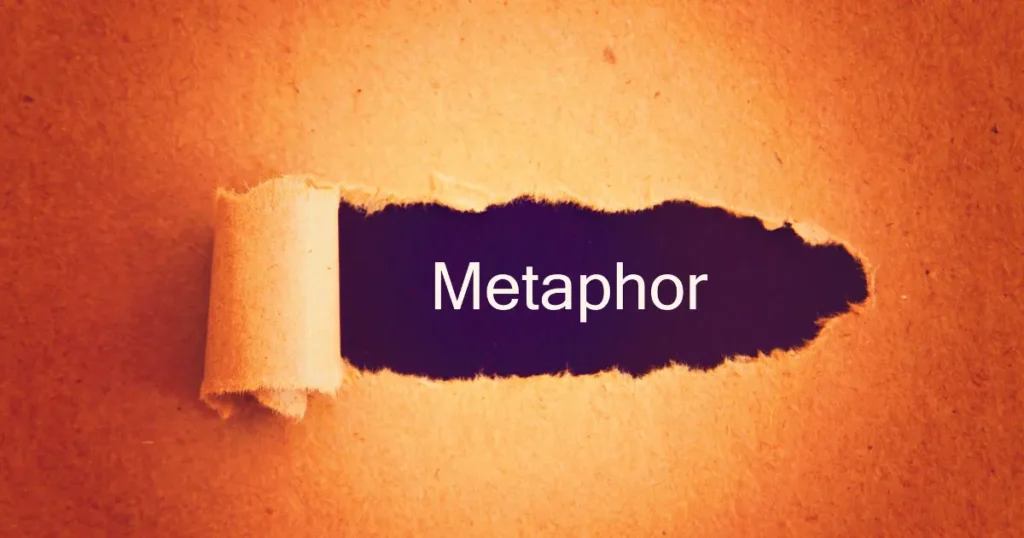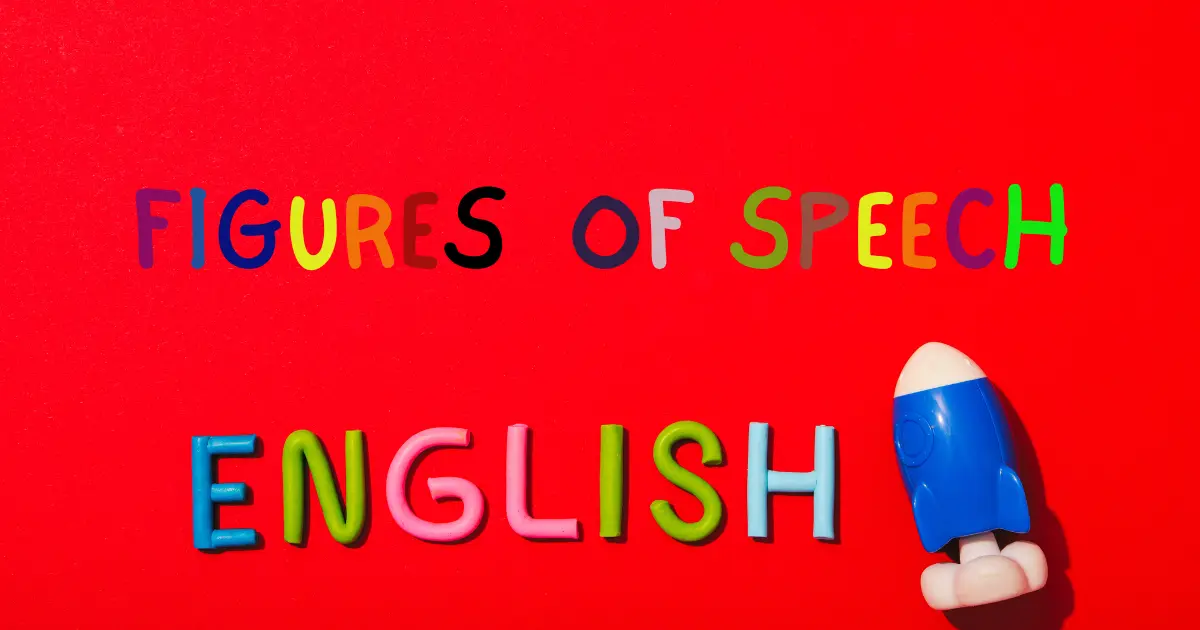Introduction: The Beauty of Figurative Language
Speech figures have an amazing capacity to turn everyday words into beautiful images as well as profound emotional responses. They’re the tools writers, poets, and even speakers utilize to communicate intricate ideas in straightforward yet memorable methods. Imagine writing sentences that don’t just educate the reader, but also make them think, stop, and experience. This is the power of metaphorical words, and it’s a skill that is worth learning.
This blog examines a fascinating figure of speech “Rest in the Bottom Lay.” This blog explores the meaning behind it, its historical context, as well as its applications in teaching students as well as teachers to gain a better understanding of the symbolic language.
What Are Figures of Speech?
Figurative speech is a literary device created to improve communication taking a different approach to the literal meanings of words to give a deeper impact. They can be found all over the place, in texts, everyday conversation speech, and even advertising. These tools help to express emotions, create vivid images, and communicate with audiences in a way that simple statements can’t.
Why Figures of Speech Are Important
- Improves Creativity: The use of these phrases is appealing and intriguing.
- Attracts the Attention of the Audience: Expressive languages captivate listeners and readers.
- Reduces Complex Ideas into Simple Terms: concepts can be simpler to comprehend when they are illustrated metaphorically.
Common speech figures are similes and metaphors. They also include hyperbole, personification, and alliteration. Each has a distinct reason, from conveying an idea to invoking laughter. In this group, metaphors such as “Rest in the Bottom Lay,” are notable for their capacity to communicate multi-layered messages.
Fun Fact
Shakespeare is famous as the master of metaphors and used more than 1300 metaphors in his plays. Why? Because they connect with the readers on an emotional as well as mental scale.
Rest in the Bottom Lay Figure of Speech: Overview
The phrase “Rest in the Bottom Lay” is a curious and lesser-explored example of figurative language. While it might sound abstract at first, its essence lies in its metaphorical depth.
Potential Interpretations
The phrase suggests a state of reflection, foundation, or finality. Imagine resting at the very base, where the core or essence exists. It evokes ideas related to stability, conclusion, or introspection—a concept that sparks curiosity.
Unique Appeal
Such expressions, while not overly common, tend to captivate audiences because they require interpretation. They challenge readers to move beyond the literal and engage with their imaginations, offering deeper engagement and understanding.
The Metaphorical Essence of the Phrase
“Rest in the Bottom Lay figure of speech” functions as a metaphor, inviting readers to uncover layers of meaning beneath the surface. Like most metaphors, this phrase transcends the literal, offering visual and emotional ideas.
Literal vs. Figurative Interpretation
- Literal Meaning: To physically rest at the lowest point or layer.
- Figurative Meaning: To reflect, pause, or connect with the foundational aspect of something.
This duality makes metaphors like this versatile and compelling. They can describe emotions, actions, or even philosophies. For instance, the “Rest in the Bottom Lay figure of speech” could signify grounding oneself amidst chaos or finding peace in one’s essence.
Historical and Cultural Background
While there isn’t a specific documented origin of “Rest in the Bottom Lay,” similar phrases have emerged throughout history. Such metaphoric expressions often appear in various art forms, deeply rooted in cultural contexts.
Historical Variants
- “Rock Bottom”: A term first recorded in the 1800s, symbolizing the lowest point but also a turning one.
- “Lay to Rest”: An ancient phrase expressing peace, often in the context of closure or ending.
Cultural Significance
These phrases are designed to house universal truths, making them relatable across cultures and periods. Writers like Maya Angelou and Ralph Waldo Emerson frequently used similar metaphoric language to express profound truths.
Why Metaphors Resonate with Us
Metaphors connect with us emotionally and psychologically because they mirror how we perceive the world.
Psychological Impact
- Relatability: They simplify abstract ideas, making them tangible.
- Emotionally Memorable: Metaphors stick because they stimulate both the rational and emotional centers of the brain.
For example, “Rest in the Bottom Lay” doesn’t tell you what to think—it lets you feel it. You picture the bottom, the rest, and your interpretation begins.
Examples of Rest in the Bottom Lay figure of speech in Literature
While the phrase itself may not have appeared in popular literature, its essence is echoed in several works.
- John Steinbeck’s The Grapes of Wrath conveys the “bottom lay of life”—human struggles at the core.
- Emily Dickinson’s poetry often reflects themes of grounding and self-reflection akin to this phrase.
Such literary examples highlight the universal appeal and adaptability of metaphorical ideas.
Breaking Down the Phrase: Word by Word
- Rest: Suggests peace, pause, or calm.
- Bottom: Represents a foundation or core.
- Lay: Implies placement or presence.
Combined, they form a profound concept of grounded reflection.
Contextual Usage of the Phrase
Rest in the Bottom Lay figure of speech can be used in both creative writing and everyday speech.
Example contexts:
- Creative writing to describe character emotions.
- Speech to emphasize grounding in debates or discussions.
How to Identify Metaphors in Speech
- Look beyond the literal meaning. Ask yourself if there’s a hidden layer of significance.
- Pay attention to imagery. Effective metaphors rely heavily on visual or emotional cues.
- Ask, “What is this trying to convey?” Metaphors often simplify complex ideas.

Common Misinterpretations
Some may interpret Rest in the Bottom Lay figure of speech literally, missing its depth altogether. Teach others to pause and consider the metaphorical implications for a better grasp.
Comparing Rest in the Bottom Lay figure of speech to Similar Expressions
Similar phrases include:
- “Back to basics”
- “Still waters run deep”
These comparisons offer clarity and a broader understanding.
The Art of Crafting Metaphors
Crafting metaphors involves:
- Identifying the core idea.
- Finding relatable imagery.
- Ensuring clarity and avoiding confusion.
FAQs
What is the meaning of “Rest in the Bottom Lay”?
It’s a metaphor suggesting grounded reflection or peace at the foundation.
Where can I use this phrase?
It’s ideal for creative writing, speeches, and descriptions requiring vivid imagery.
Why are metaphors important in writing?
They simplify complex ideas, capture attention, and add emotional weight.
Conclusion: Master the Art of Speech with Metaphors
Rest in the Bottom Lay figure of speech elevates communication from ordinary to extraordinary. Start crafting and interpreting metaphors today to transform your writing and speech—because words should do more than communicate; they should captivate.


